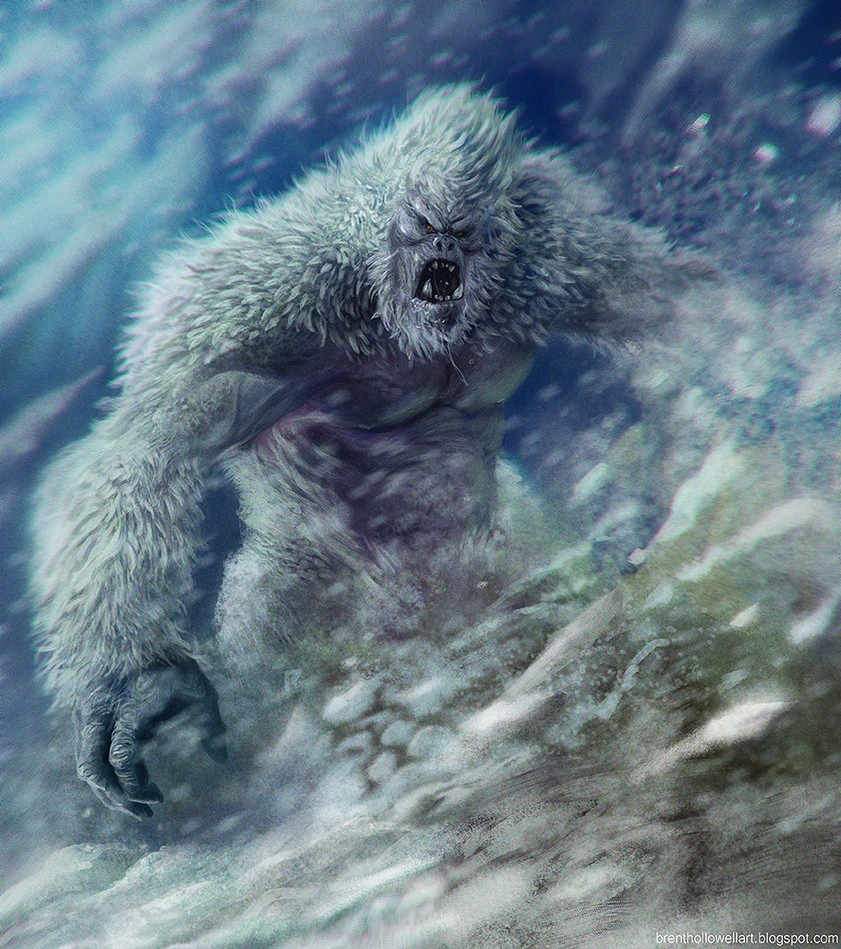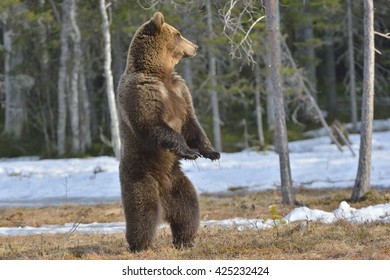
Perhaps one of the few creatures in folklore that has even the slightest possibility of existing is the yeti. The “abominable snowman,” as it is sometimes known, is an ape-like creature that inhabits the Himalayas in India and Nepal. Funnily enough, the word “yeti” actually means “that thing over there” in the local Sherpa language, and this was somehow mistranslated to “abominable snowman.” In any case, it is said to have a muscular, 7-8 ft tall frame and walk upright. The yeti has always been a point of contention between the public, much like the Loch Ness monster. Sightings keep popping up, but evidence is scarce.
The evidence pointing towards the existence of the yeti is sparse, mostly consisting of eyewitness testimony. However, it is a well-established fact that humans are terrible witnesses. We forget more than we remember, and have a truly impressive case of confirmation bias. To drive this point home, just look at all the tangible “evidence” supporting the existence of the yeti. The vast majority of biological samples, such as hair or teeth, are easily traced back to a different animal. One of the most common animals mistaken for the yeti is the himalayan bear, and this is understandable when considering that bears are known to stand on their hind legs. From a distance, in conditions with low visibility this could lend a more ape-like appearance, especially when factoring the aforementioned confirmation bias.

There are only a few reasons to believe that a primate-esque creature does live in the Himalayas. The first is just from an evolutionary standpoint; species of apes are spread out through Asia and it makes sense that one would evolve to fit this ecological niche. Although i’m not sure that the mountains would be able to support the metabolism of an animal such as a gorilla at higher elevations, it would likely have to be a smaller primate not much larger than a chimpanzee. After all, an average silverback will eat nearly 60 pounds of vegetation a day which is much easier in a jungle than a mountain.
However, while on the subject of gorillas there is a slight silver lining for yeti-believing diehards. Among african tribes there had long been tales of giant men who roamed the mountains. When Europeans colonized Africa they were understandable skeptical of the existence of such creatures, and continued to be skeptical despite numerous eyewitness accounts. The stories were truly terrifying, describing tribes of giant beasts with a horrific temper who had the habit of kidnapping and killing innocent humans. It wasn’t until 1847 that it was learned that this creature looked a little less like this:

And a little more like this:

While I do think that the chance of the yeti being real is extremely small, it is possible that a creature with some similarity to it exists. Simply because it is not impossible that such a creature could evolve in the Himalayas, and also because the Himalayas themselves are so difficult to completely explore. And, as the gorilla demonstrates, humans have a pretty amazing capacity to be blind to the world around us which makes me hesitant to completely discount the possibility of the yeti.
I never knew what the word yeti meant so that was interesting to learn and I like how you refuted “evidence” of the yeti and provided examples of what people mistakenly think are yetis.
I like the conclusion that you have made at the end of this post as I think it does a great job of summarizing your post and almost leaves the audience at the end to think for themselves whether they believe yetis exist or not. I also like your mention of confirmation bias as I think it adds a unique twist to this blog post as it analyzes how humans have a significant role in the developing of these myths
It was really interesting to read about the yeti. I never knew it actually means “that thing over there”! I like how you discuss the possibility for a yeti-like creature to exist, but at the same time providing examples of how we have mistaken other animals for the yeti.
Also, I like how you have been incorporating pictures into your blog post. It makes it a lot more engaging and fun to read!